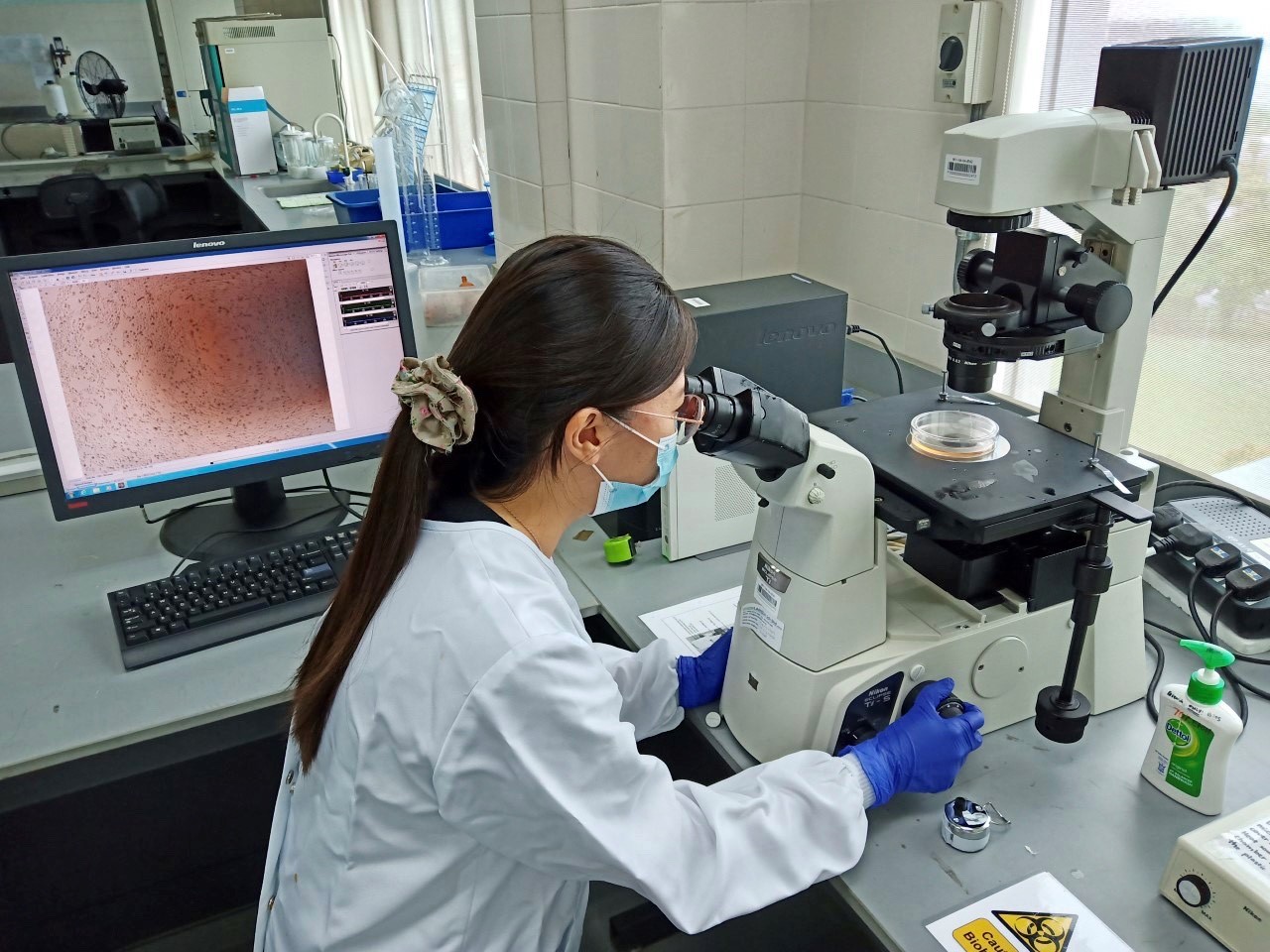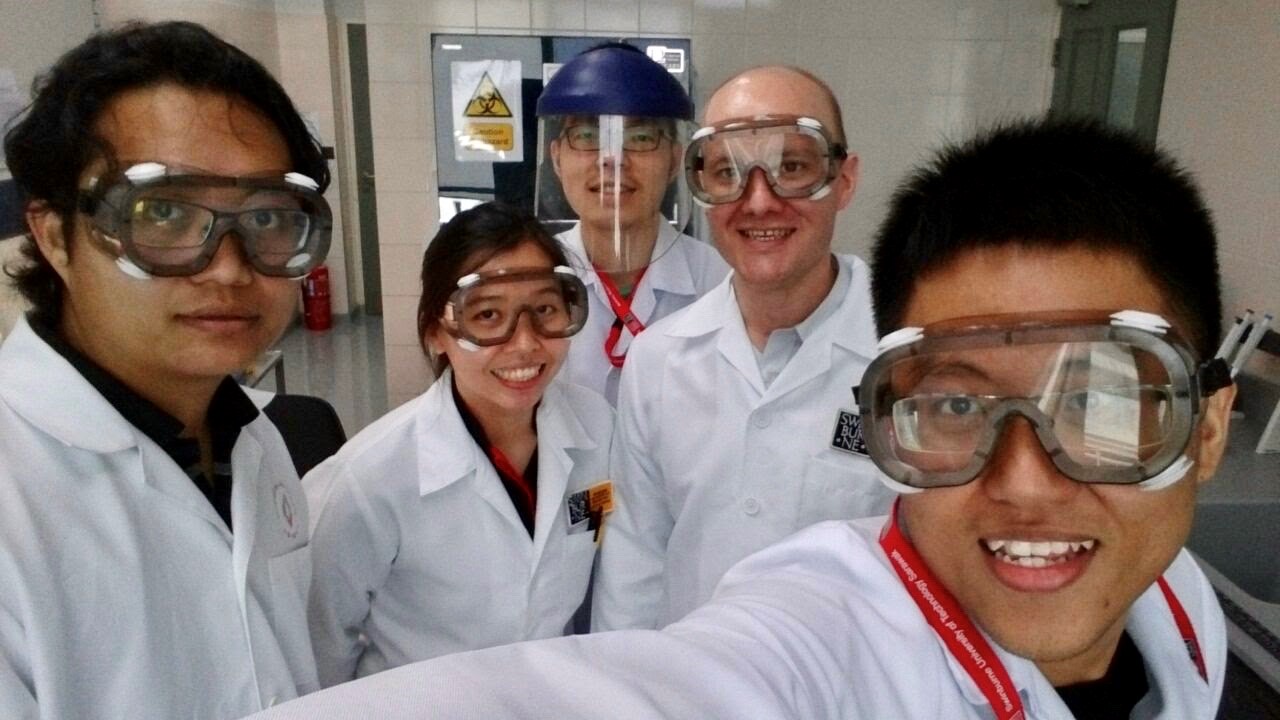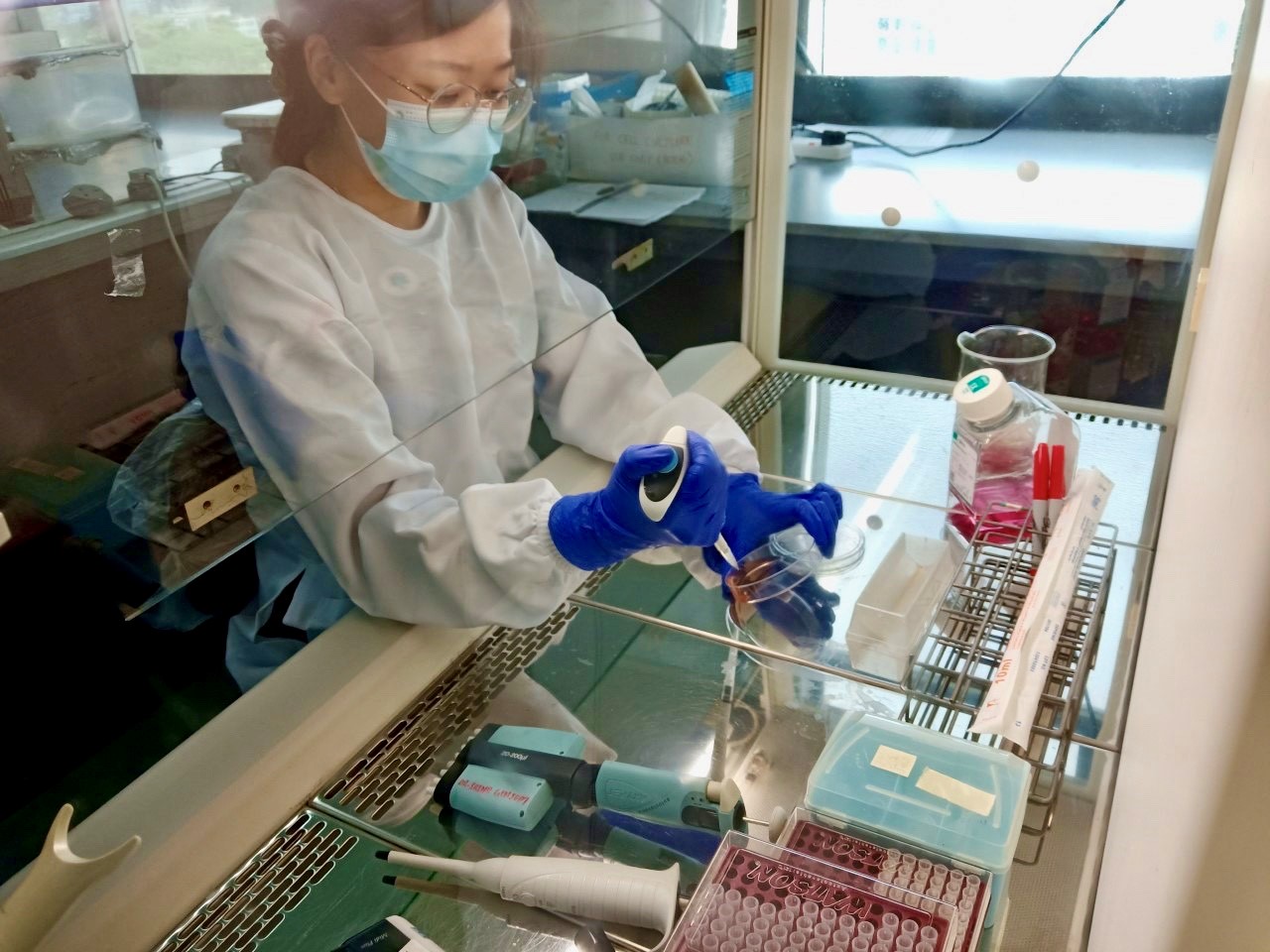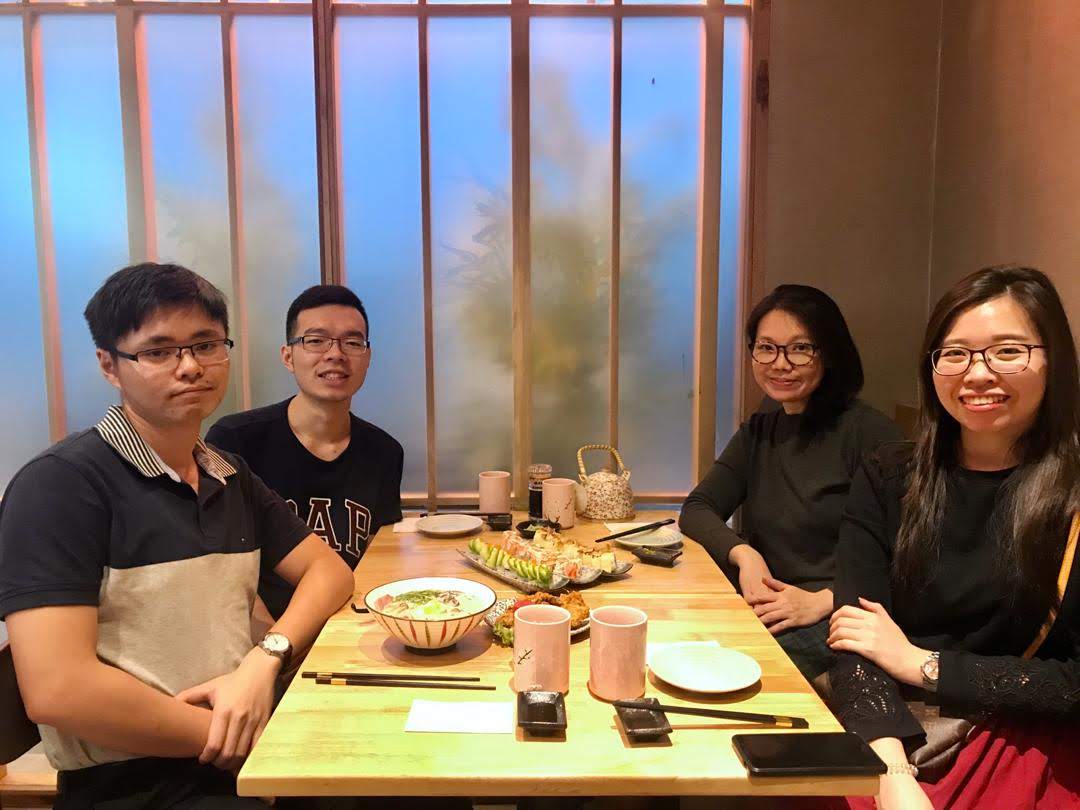From a bright-eyed freshman to pursuing her postgraduate doctoral dreams (and everything in-between), Diana Choo has many stories to tell for her journey at Swinburne Sarawak. As current President of Swinburne Alumni Association Malaysia (SAAM) Kuching Chapter, she shares a snapshot of her PhD life, in and out of the lab.
Written by Diana Choo, Doctor of Philosophy (PhD)
“What do you do?” is one of the most common questions I get after introducing myself as someone who is pursuing her Doctor of Philosophy (PhD). With excitement, I’d respond “Biomedical research, focusing on nasopharyngeal (nose) cancer”.
However with this answer, I often receive a baffled look or an awkward drift in topic. More often than not, I am also greeted with the response “Swinburne offers this?”. This highlights to me just how little light is shed on the research I am involved in and how much Swinburne University of Technology Sarawak Campus has to offer.
What do I do exactly as a PhD student in nasopharyngeal cancer research? I grow cancerous and non-cancerous nasopharyngeal cells in the laboratory in a chamber that mimics the human body. I try to understand how exposure to different conditions inhibits the growth of these cancerous cells.
A few basic questions I seek to answer are – do these conditions inhibit the growth, the movement or none at all? If they do, how do they do it? As researchers, we would study the cells on a genomics level at their DNA hoping to understand more.
With the nasopharyngeal cancer research team led by Dr Paul Neilsen (2015) at Swinburne Sarawak.
Much like Tamagotchi pets we nursed in our childhood, the cells are like pets that I have to grow, feed and provide enough room for them to grow. A typical day in the laboratory sees me checking the growth and appearance of the cells using a microscope and deciding if I need to replenish their feed or provide them more space to grow, as part of the process of getting them ready for my experiments. Over time, they have become my companions in the laboratory. Planning and carrying out experiments, ensuring the laboratory is well stocked with gases and consumables and managing the finances of research grants are all part of a day’s work.
What a normal day in the laboratory looks like tending to cells.
How did I know that I wanted to be in biomedical research? It was not such a straightforward journey. Rewind to 13 years ago when I was finishing my secondary school, honestly, I had no idea what I wanted to do. All I knew was that I did not want to pursue science as I struggled with it.
However, not long after I remember walking into Swinburne Sarawak, signing up for their Foundation in Engineering and Science programme, and even making up my mind that I would enrol into the Biotechnology degree after.
Wonder what happened to spur my abrupt change of heart? This was the influence of TV shows and my curiosity on how things work in relation to the human body, especially in the food we eat and skin care we use. These two things piqued my interest in science exponentially.
During my undergraduate years, I was given opportunities to expose myself to hands-on research work. One memorable experience was going out to the sea and being on a boat for a day collecting samples. I was blessed to be exposed to the different fields of Biotechnology, from environmental science to industrial microbiology, and from consumer science to biomedical research.
A work team like family – the current nasopharyngeal cancer research team led by Dr Hwang Siaw San (2nd right).
From there, it led me to pursue my Masters in analytical chemistry, where I worked on developing a smart material for sensing. During this time, I was sent to Melbourne to attend the Biosensors World Congress. I couldn’t believe that a girl from a small city like me would be sharing some of her work with prestigious researchers from around the world.
One moment that I recall vividly was of a researcher presenting his work in mouse models and how his sensor could be used in detecting the presence of a tumour. It was this very moment that made me realise I lack exposure in the biological aspect and as a result, I made up my mind to further pursue this route.
After my Masters, as I wanted to continue my journey in research, pursuing a PhD became the natural pathway. In preparation, I was given the opportunity to work in a team focusing on nasopharyngeal cancer research which consequently led me to where I am today.
Besides working in the laboratory, my PhD journey has provided me with so much more than I could have ever imagined. For example, I assist with laboratory classes for the undergraduate Biotechnology programme that has helped to improve my interpersonal and time management skills. Outside the semester, I was involved in outreach programmes for primary, secondary and diploma students in and outside of Sarawak.
Organising a science workshop for Diploma students at Politeknik Nilai.
This is something that motivates me, as I feel that the exposure of STEM (Science, Technology, Engineering and Mathematics) at a young age opens up the eyes to many possibilities. The looks of excitement, fascination and wonder in the students’ eyes during these outreach programmes cannot be described by words. Thinking that these young ones will one day contribute to the world of science is what makes the work more fulfilling.
Conducting a workshop mimicking an early screening for drug discovery for SM Lodge students visiting Swinburne Sarawak.
Outside of the University, I help out at a brain-training centre for individuals with weak cognitive skills. I assist with their reading programme where students are taught the essence of reading in comprehension and phonics.
Swinburne has been a part of my life ever since I left secondary school and it has opened up many doors of opportunities for me. Having Swinburne close to my heart, I joined the Swinburne Alumni Association Malaysia (SAAM) based in Kuala Lumpur where I get to meet fellow Swinburne alumni from various fields.
What never fails to amaze me is the sharing of their stories and the possibilities of working together. With Swinburne having an international branch campus in Kuching, it only made sense for the SAAM Kuching Chapter to be established.
Catching up over coffee with SAAM Kuching Chapter’s office bearers.
Thus, just over a year ago, the SAAM Kuching Chapter was born. Leading it together with a small but energetic team of five other alumni, we co-hosted our first event with Swinburne Melbourne whereby our alumni were treated to a Spiderman movie screening. Unfortunately, with the global Covid-19 pandemic, our plans have been put on hold, but we hope to be back up and running again soon.
The SAAM Kuching Chapter team at our first movie screening event co-hosted with Swinburne Melbourne.
Looking back on the time I have spent at Swinburne, I can say that I hold Swinburne near and dear to my heart. My PhD journey itself is not only one that focuses on academics but it is also about a journey of self-development and harnessing skills that will benefit us in our future workforce and in life. Most would equate a PhD in science to staying in the laboratory all day with zero social interactions and coming out a little quirky at the end of it. Clearly, there is so much more than meets the eye and I have no regrets in my thrilling journey thus far.
Swinburne Sarawak will be introducing the new Bachelor of Science (Environmental Science) bachelor’s degree in September 2020. To find out more about our science degrees or book an appointment for online/on-campus course counselling, visit swinburne.edu.my/apply-now/science/.
To connect to fellow Swinburne alumni and SAAM events, visit its Facebook page (@swinburnealumnimalaysia) or Instagram (@swinburne.saam).

